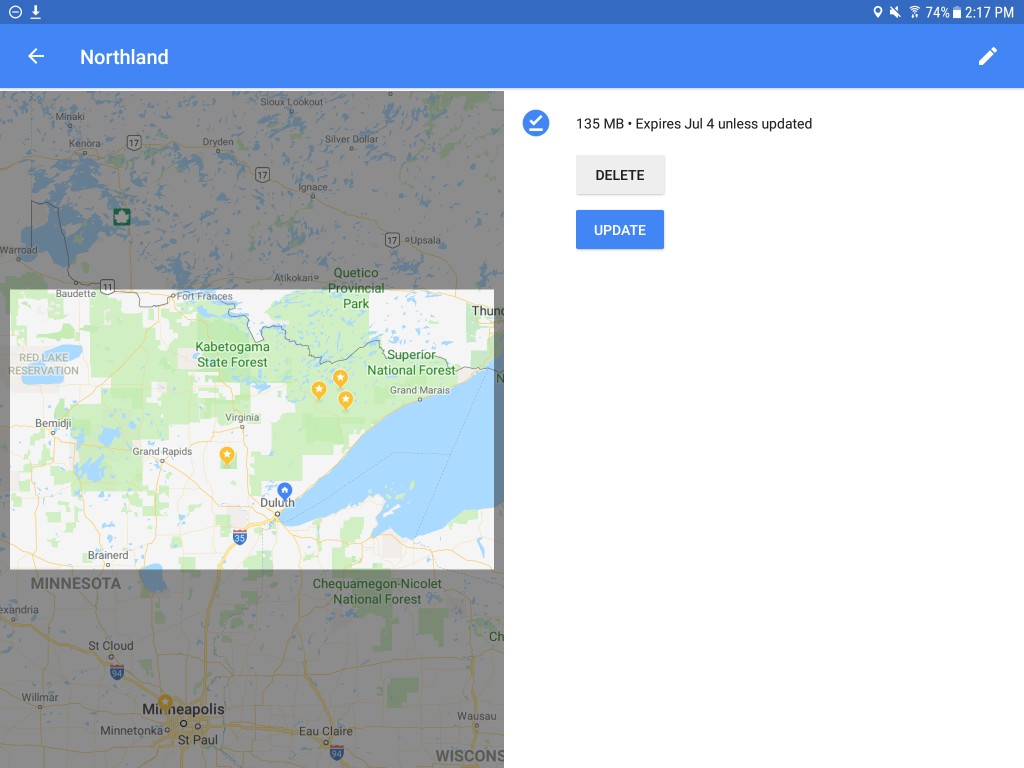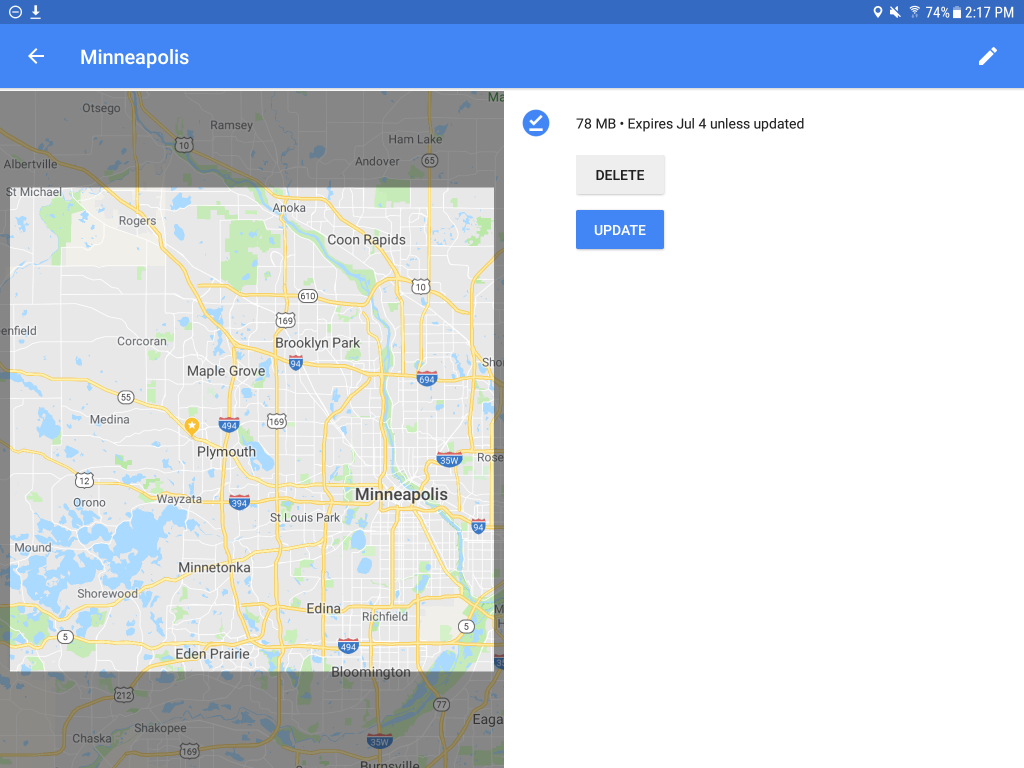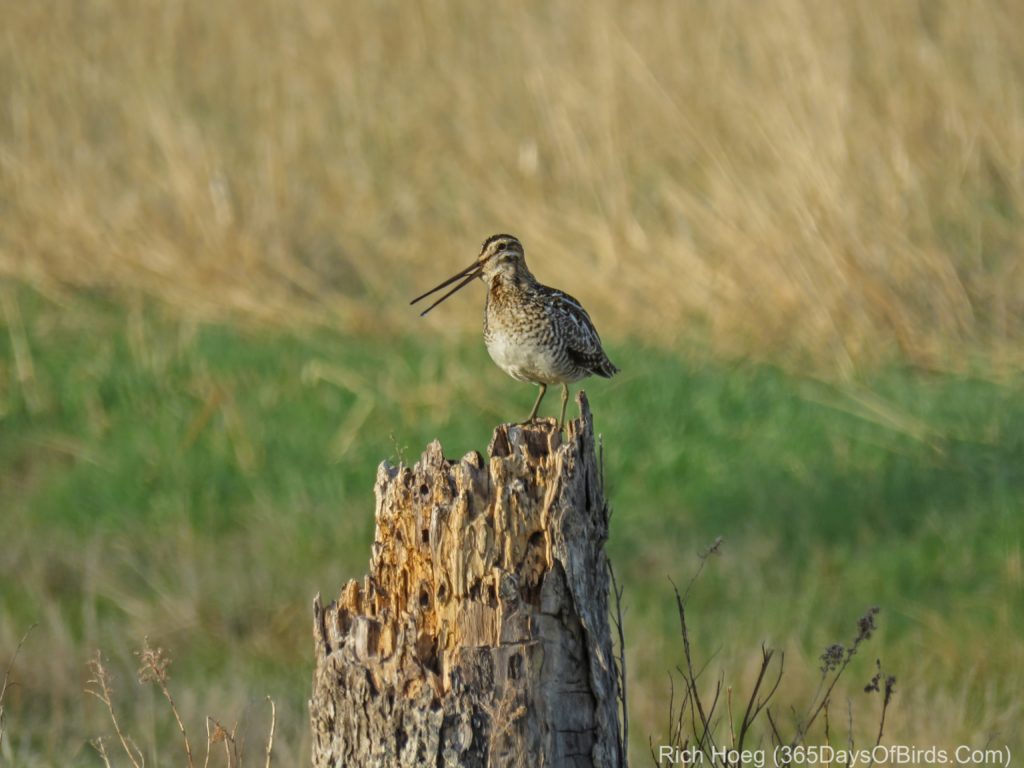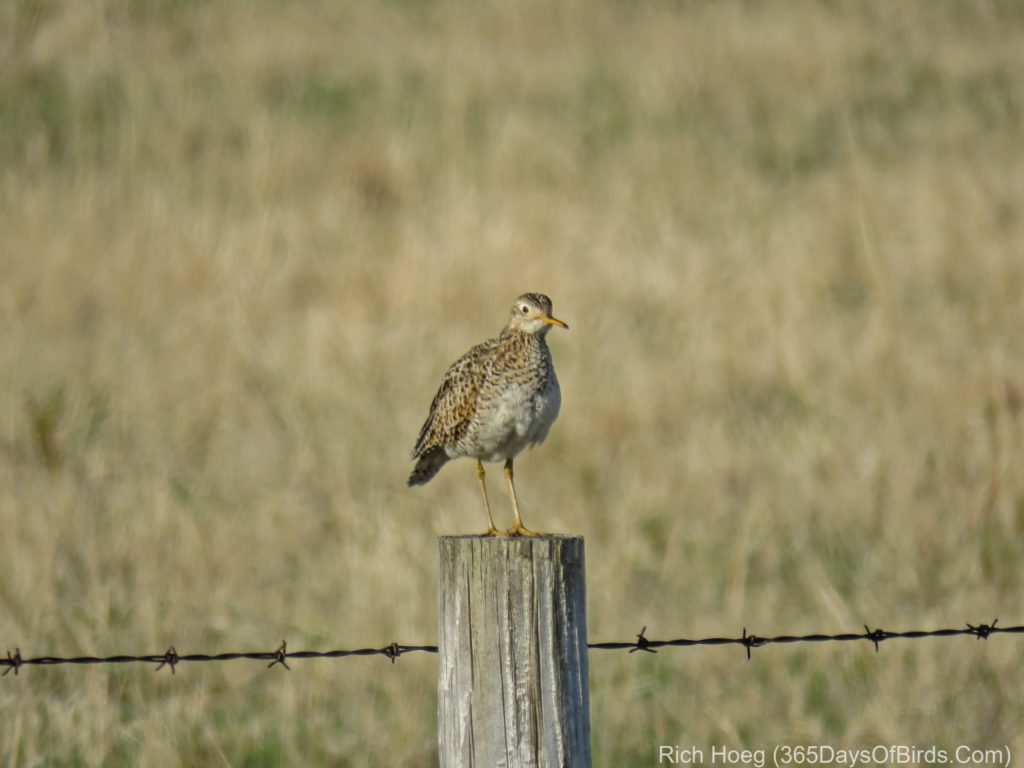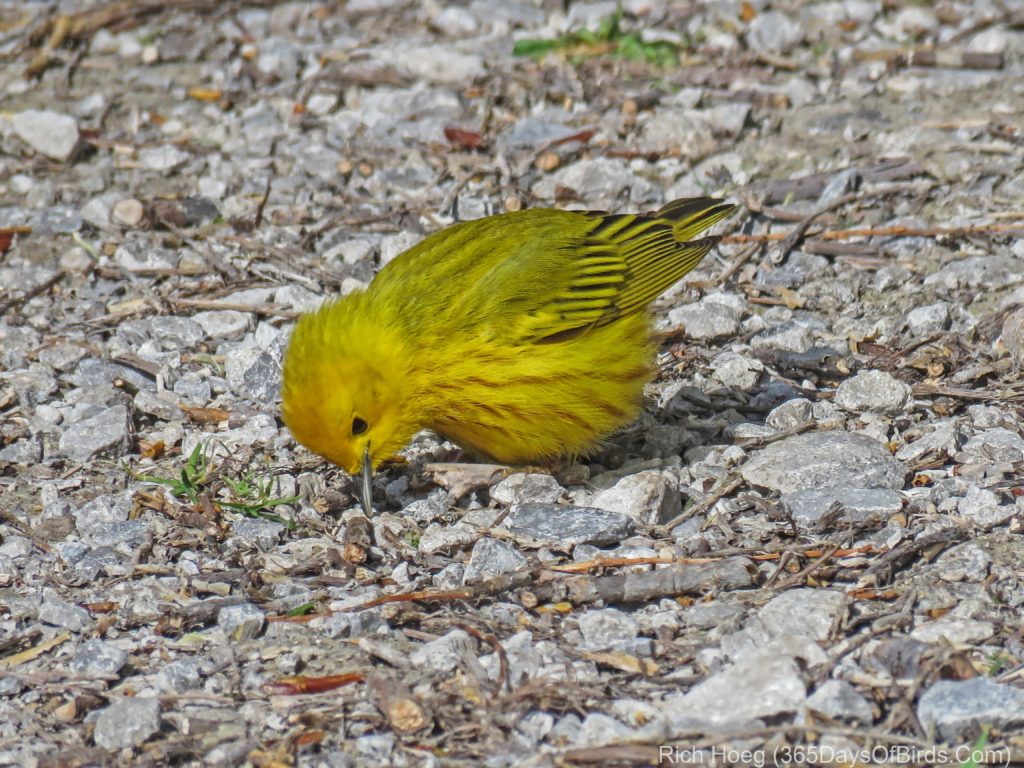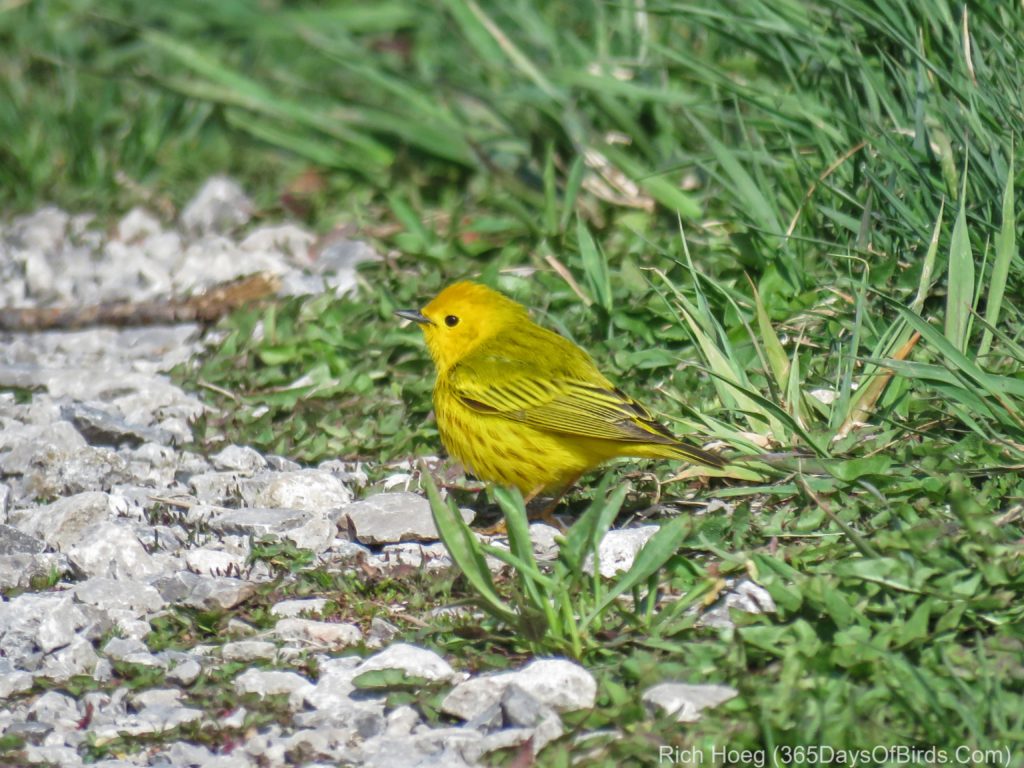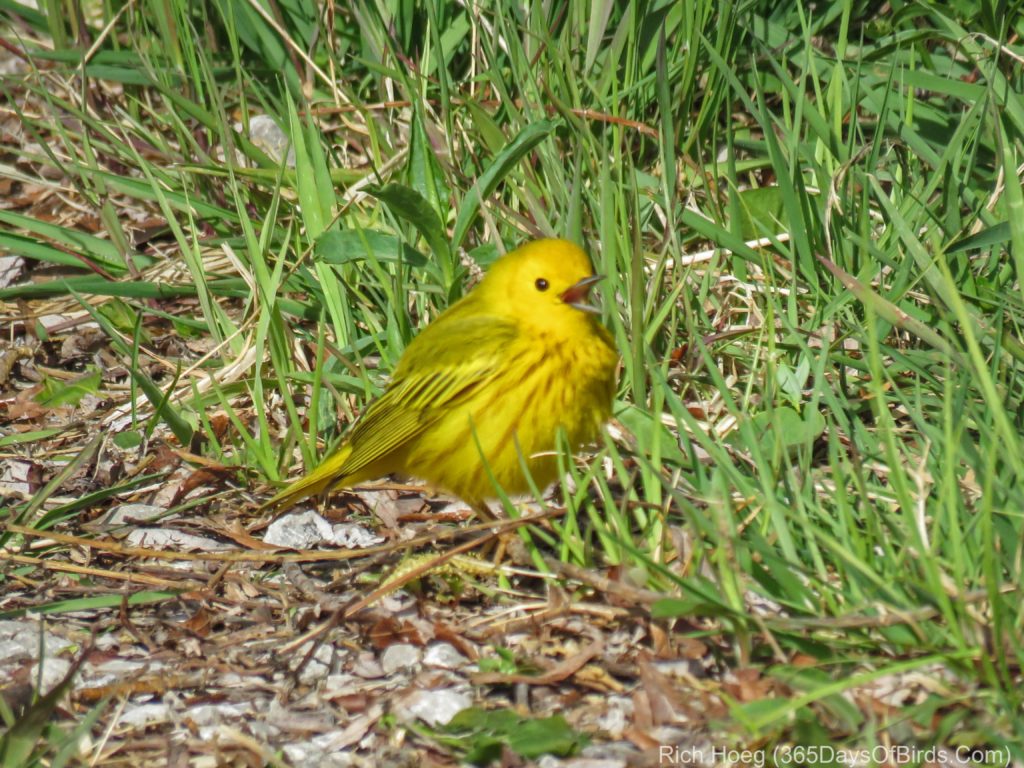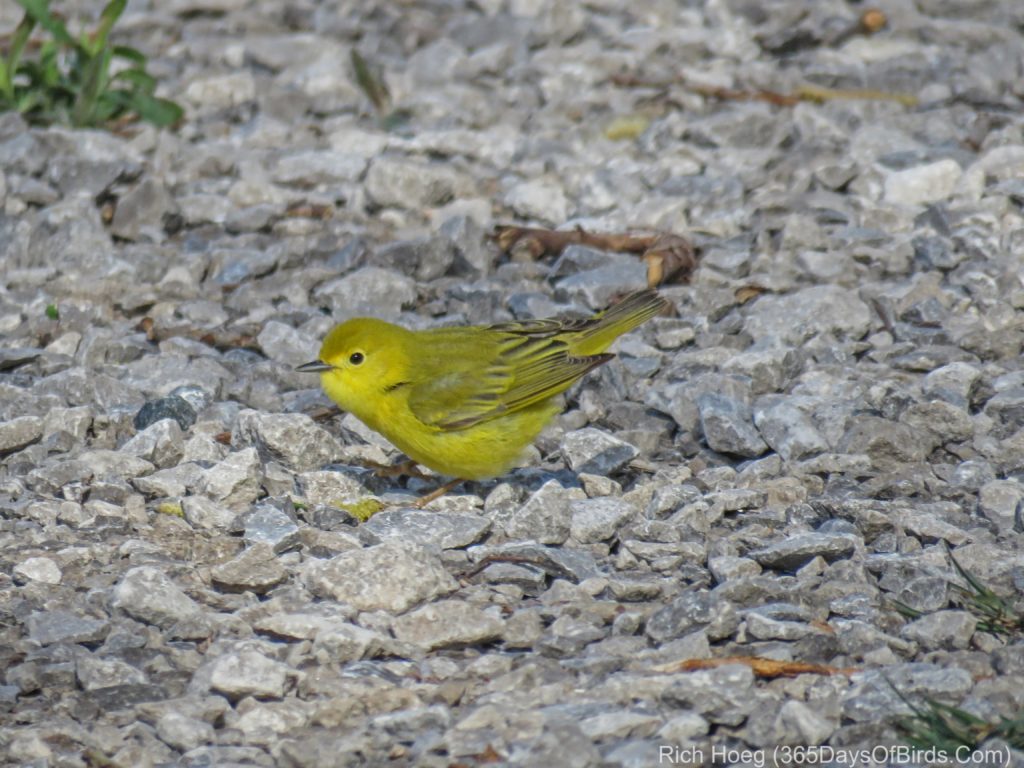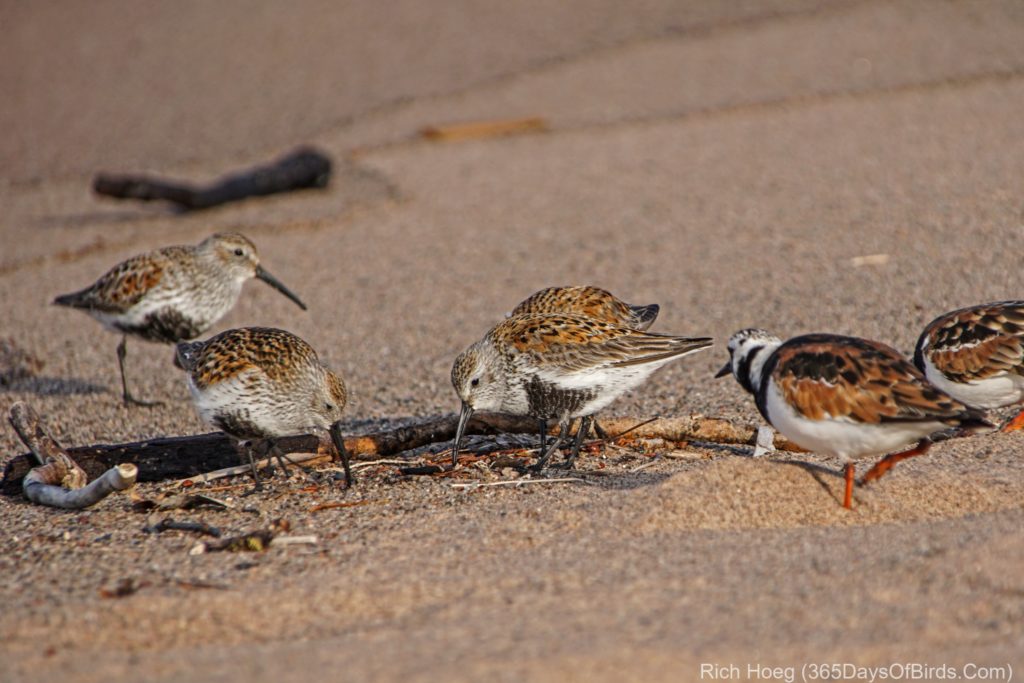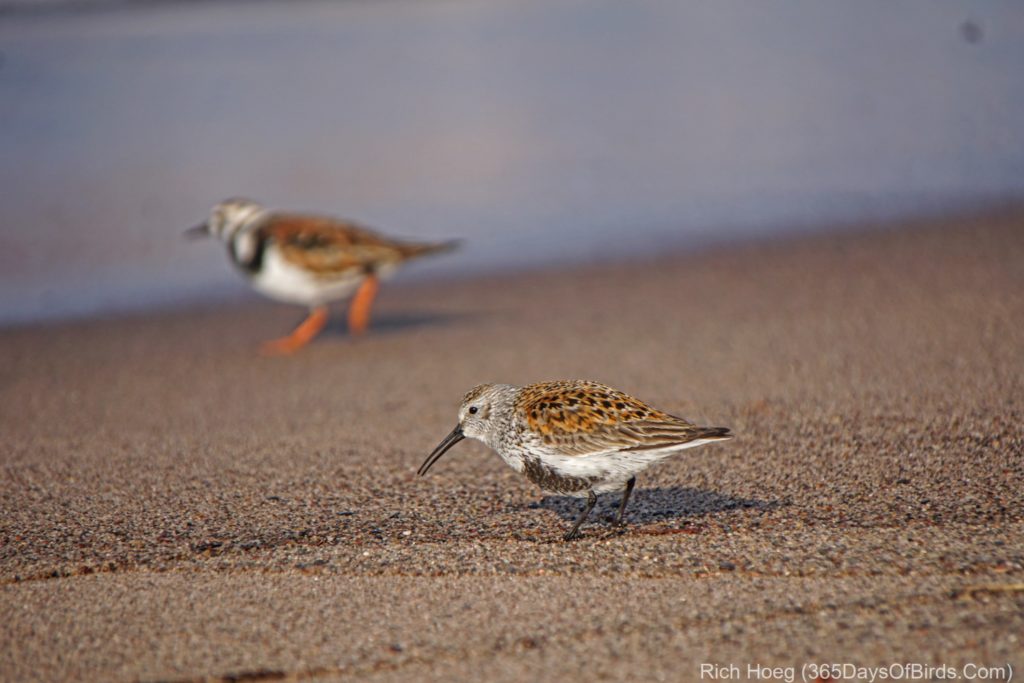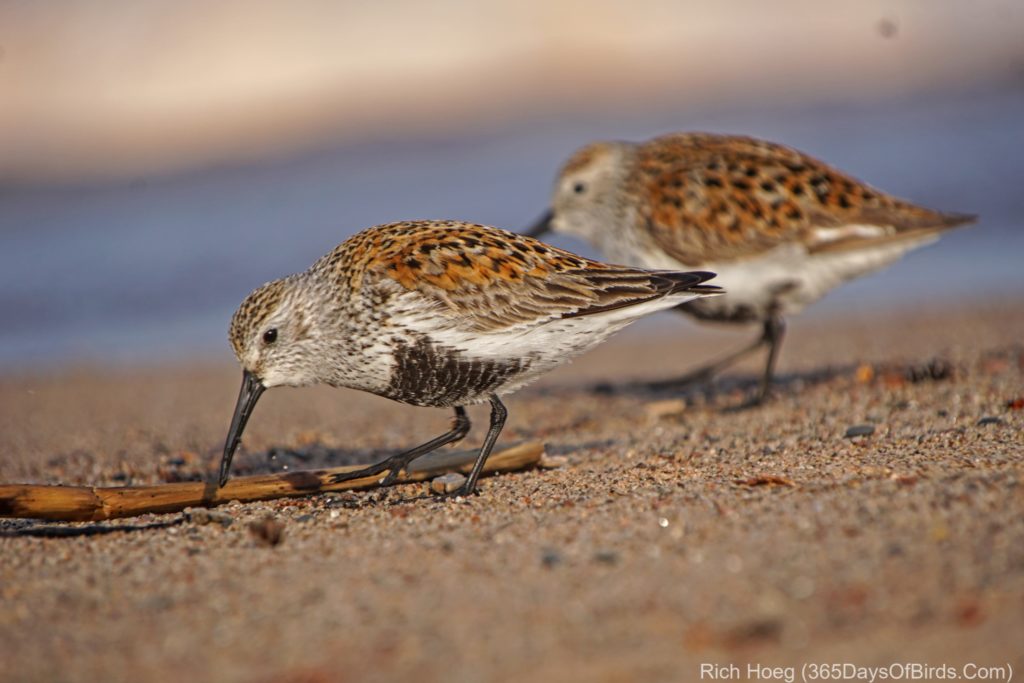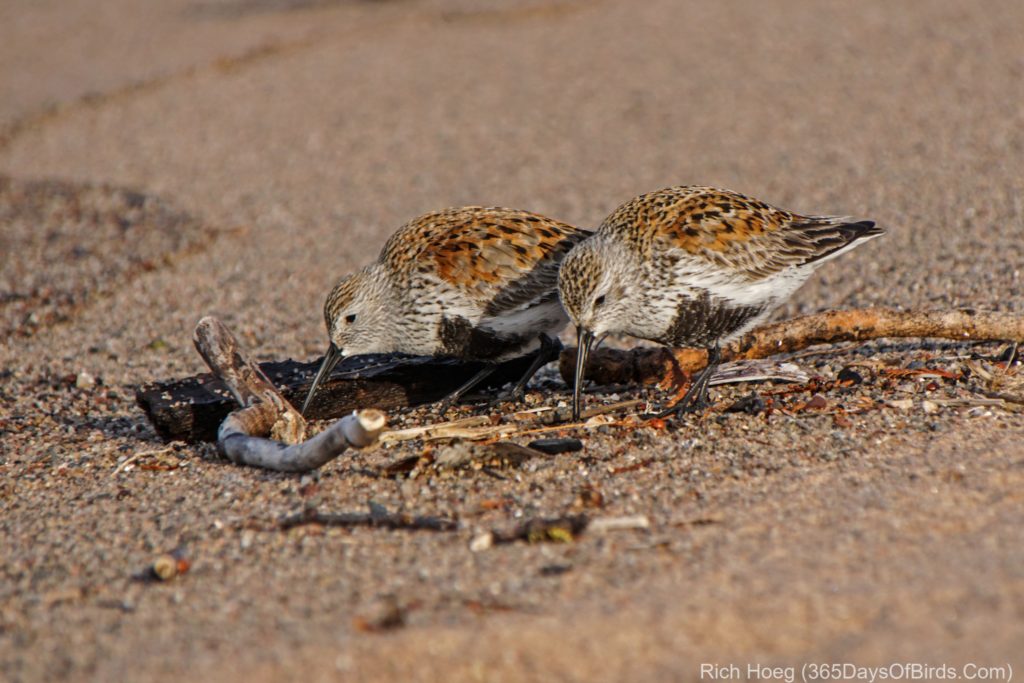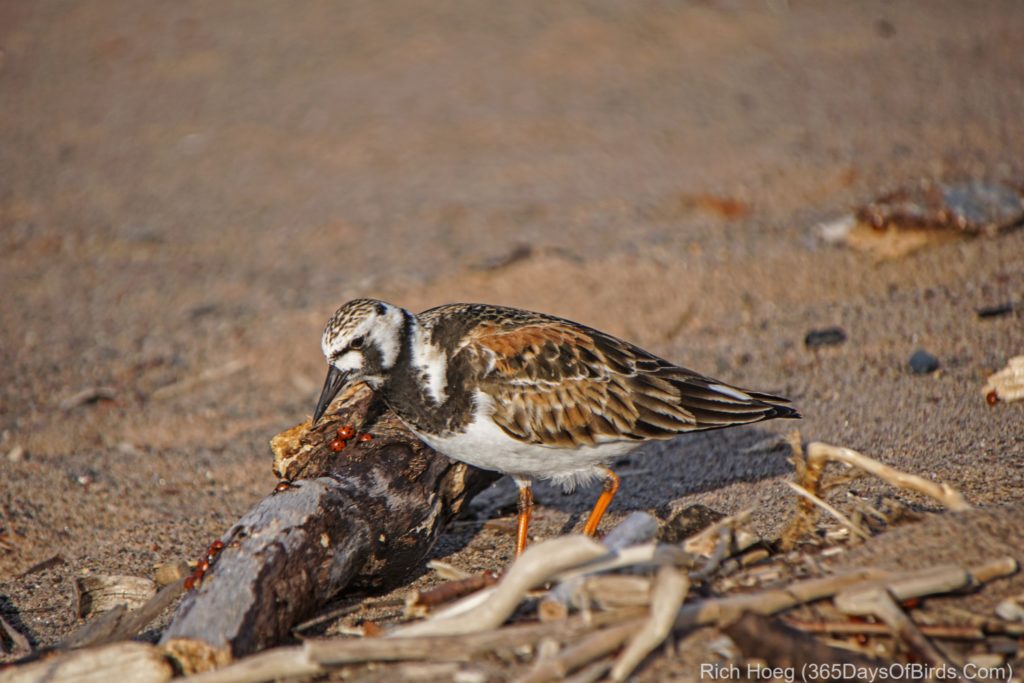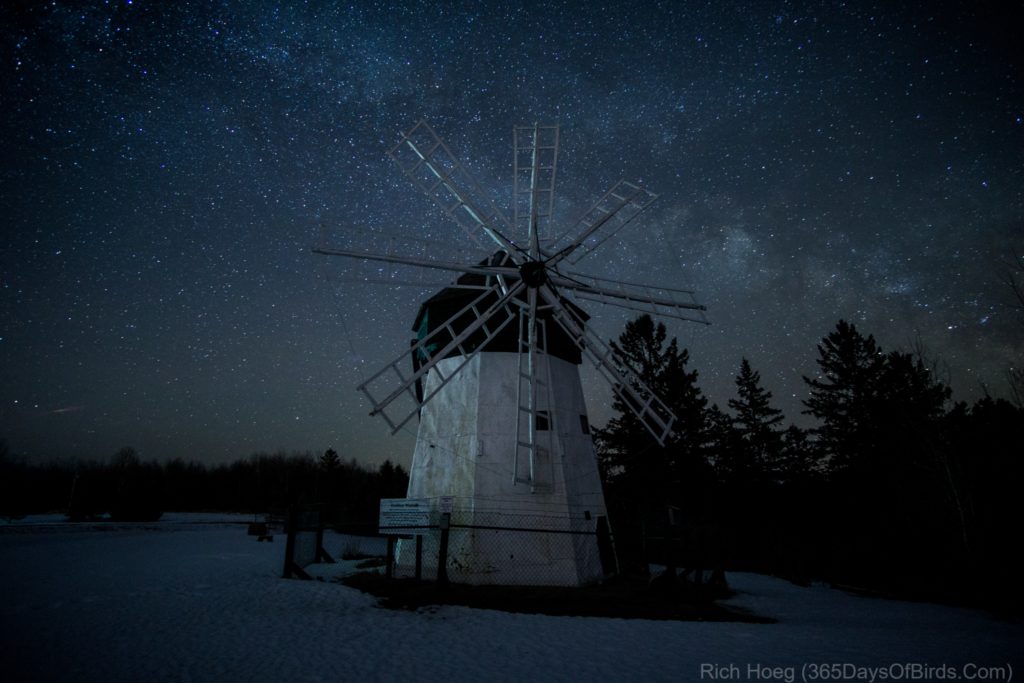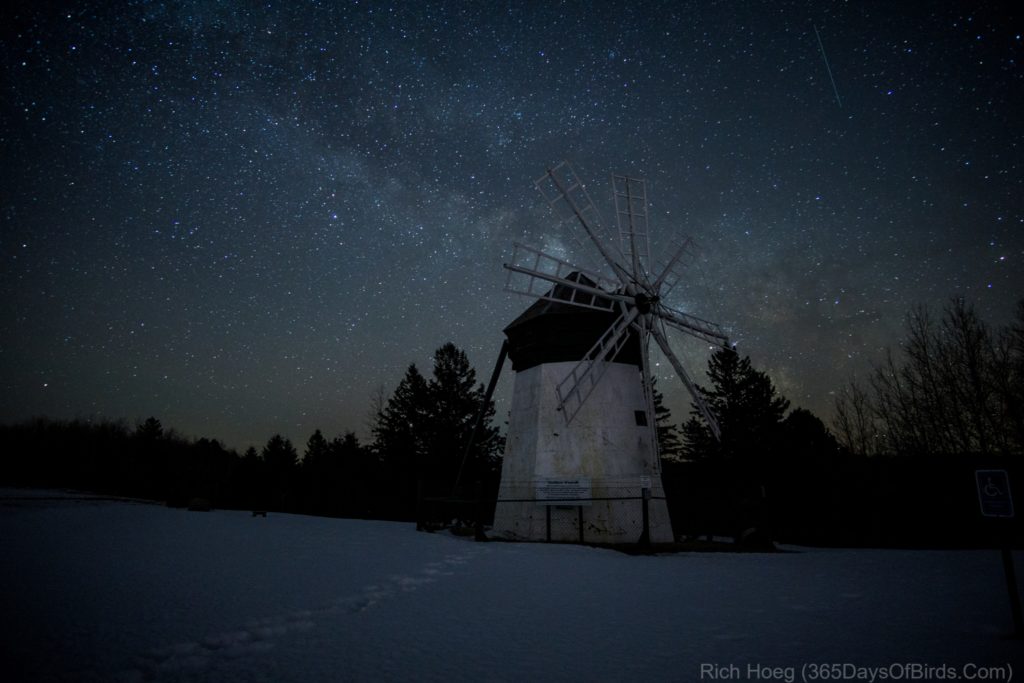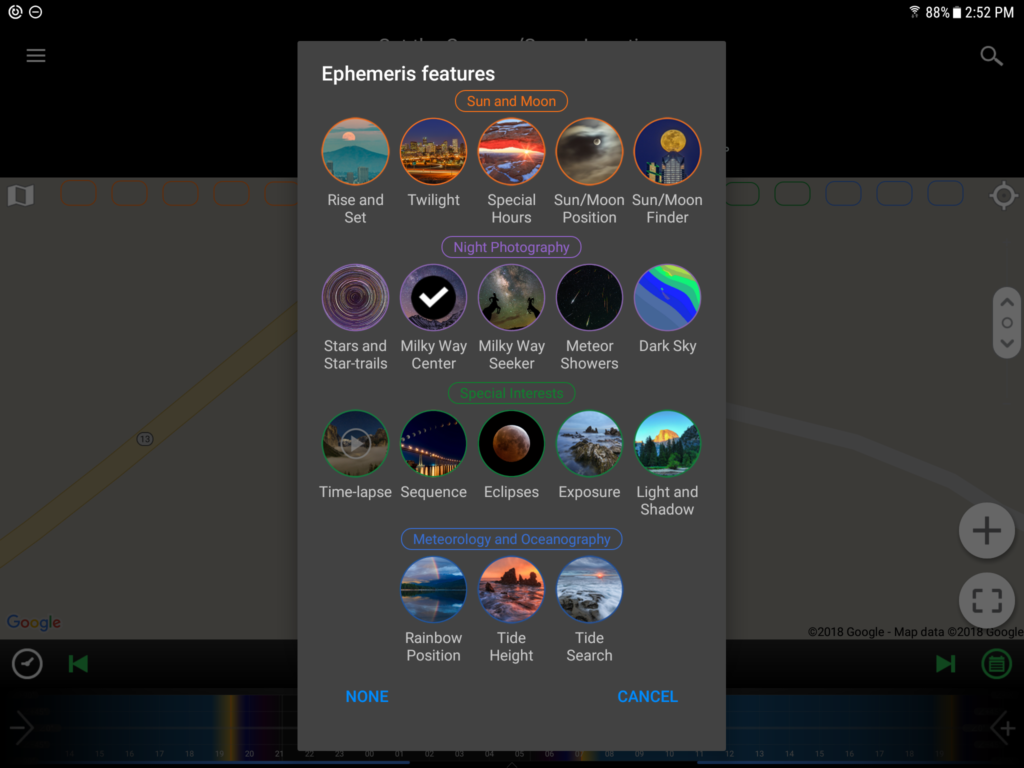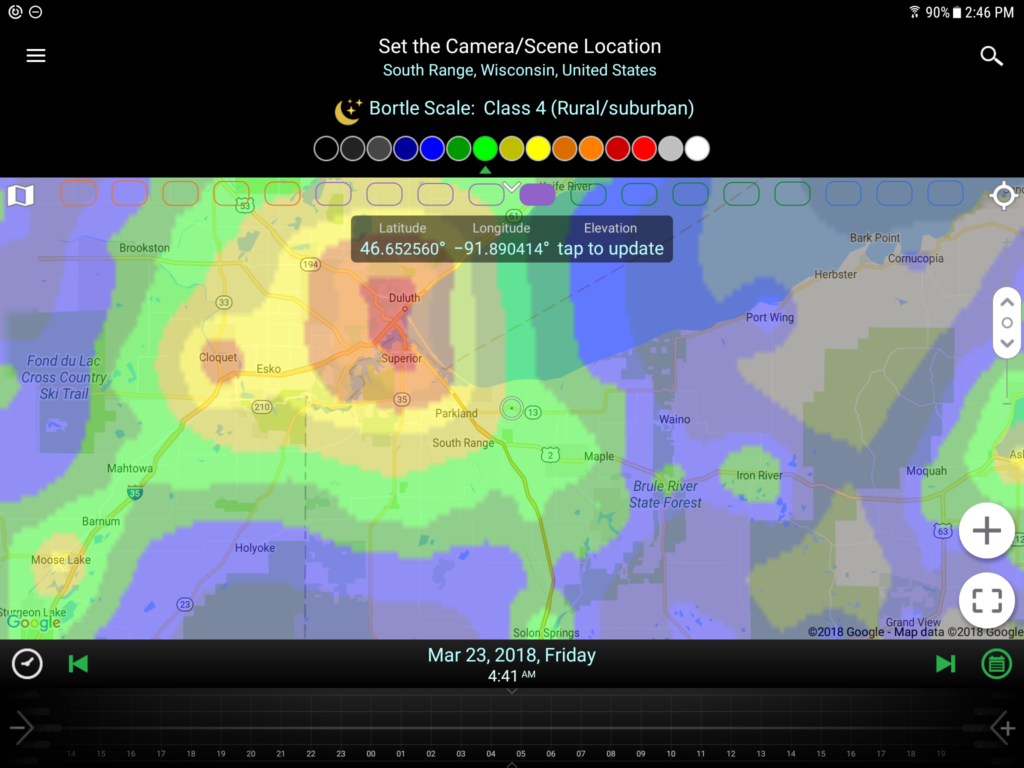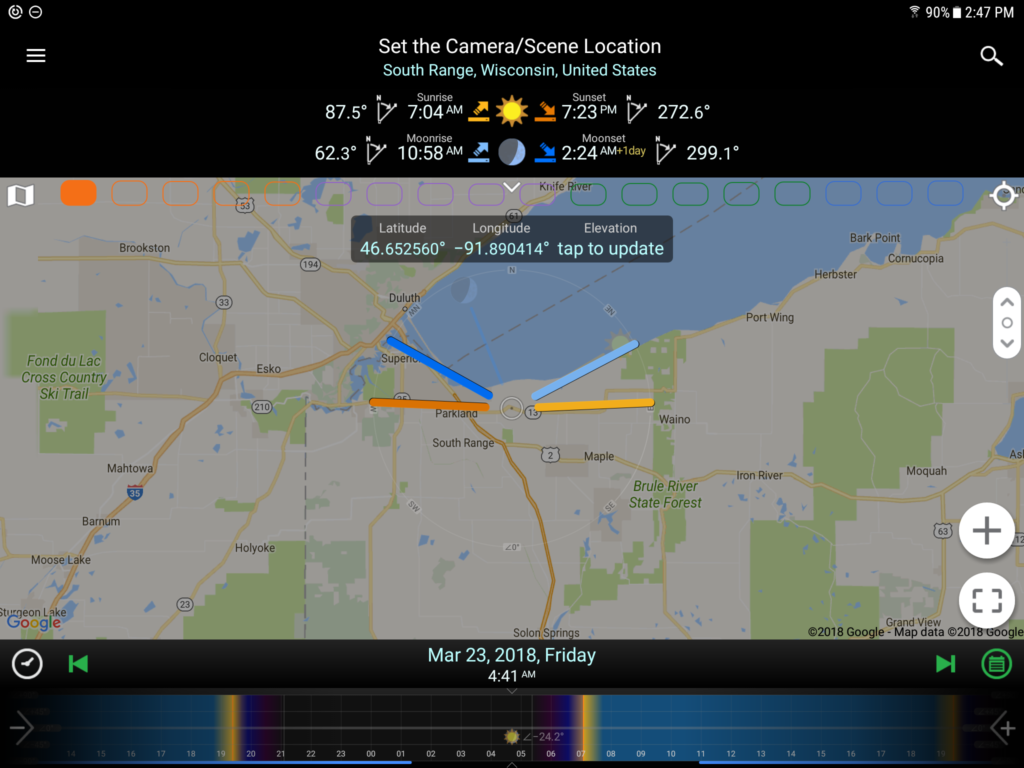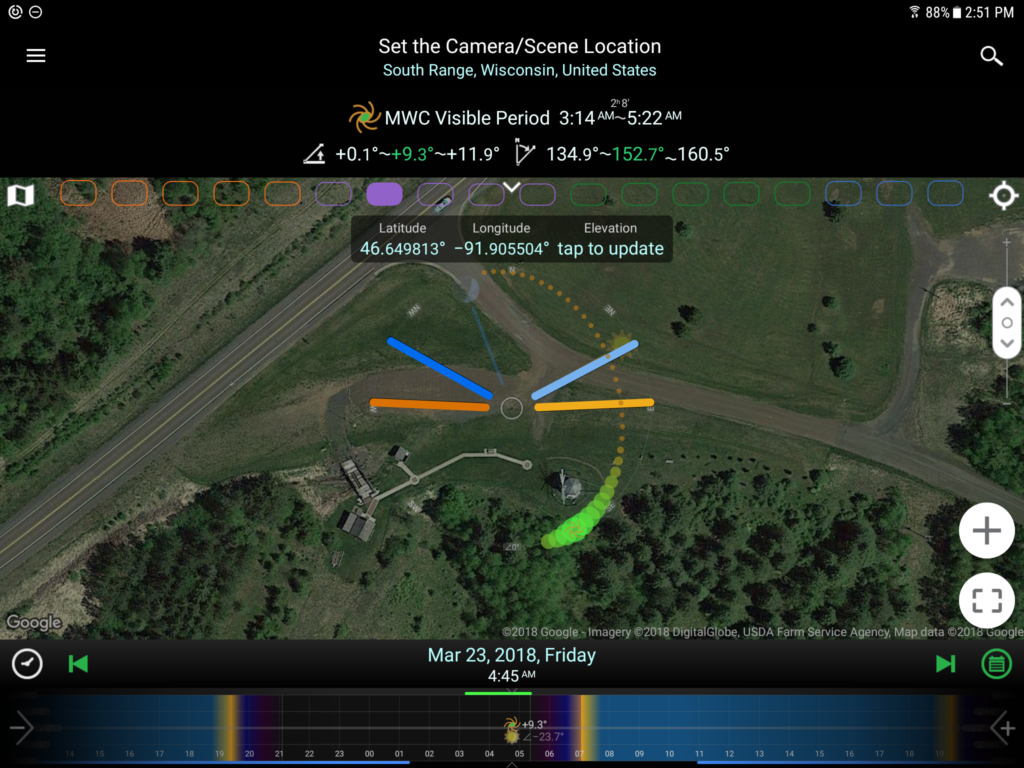Or in a metro area, you should consider using Google Map’s offline feature. In my case, over the past nine days I have birded “The Big Bog” near Upper Red Lake Minnesota, Sax-Zim Bog (NW of Duluth), Cloverland (NW Wisconsin) and finally this morning … deep in the Superior National Forest in northern Minnesota. Now you may be thinking, I live in a metropolitan area, why should I worry about accessing data offline?
The answer is simple, using the offline feature of Google Maps dramatically increases the response time of your maps / navigation. While you may not be off line like me, metropolitan areas can be difficult to navigate whether your birding or just trying to find that new restaurant where you are meeting friends. Your phone will not need to download maps as you move around a region. If you have a restricted data plan, the maps can be downloaded at home while connected to wifi (i.e. no data charge).
Finally, believe it or not the navigation system with audible commands works when offline. Your GPS chip will find your location, and most smartphones will work with the offline data and speak / give directions.
Here are two of my better images found while “birding offline”
Common Merganser Trio (Guess what they were chasing? Love!)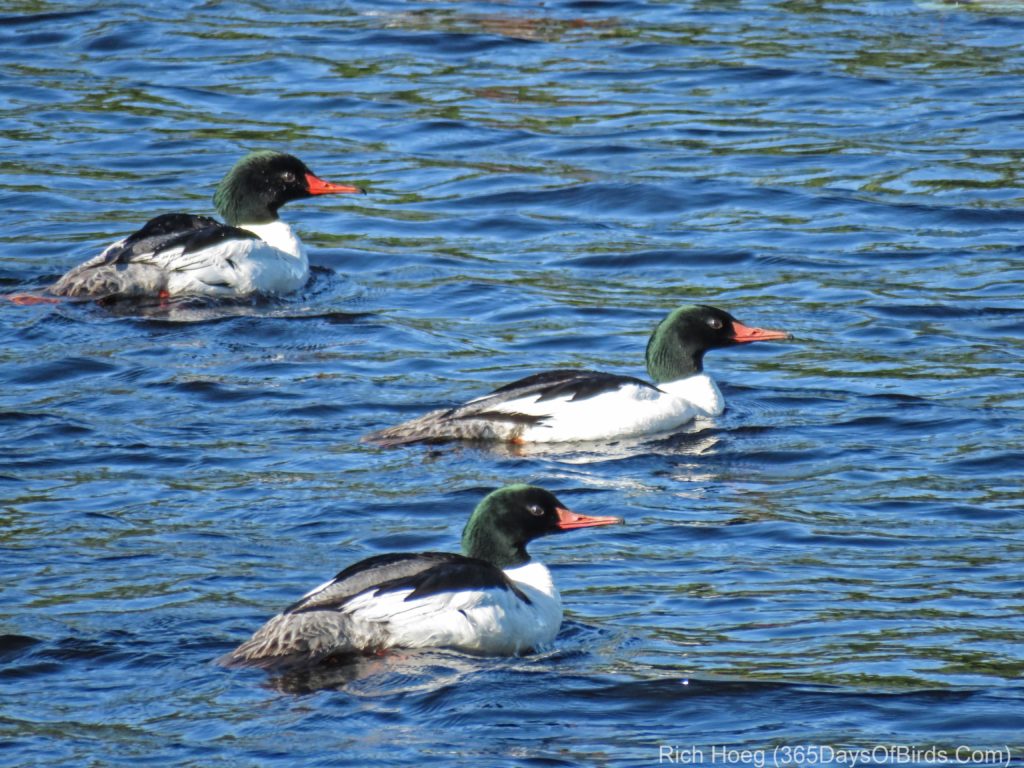
Upland Sandpiper (rare for these parts … found 200 yards west of Cloverland town hall on Wisconsin Hwy #13)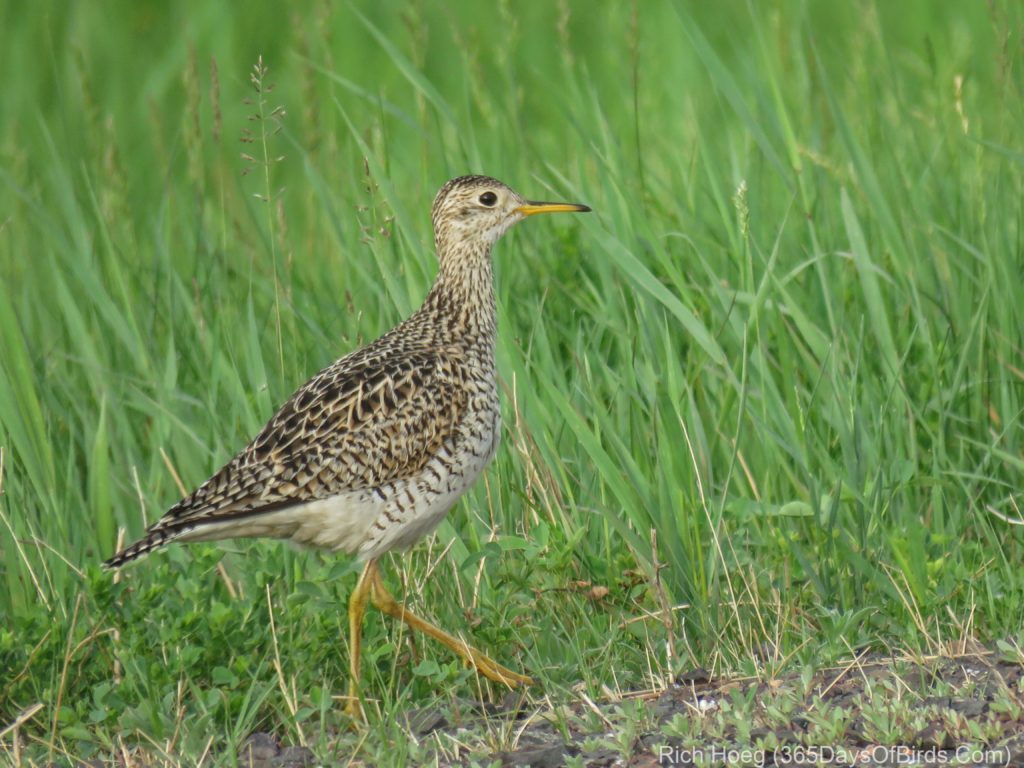
Google Maps Offline Images
Leaving for The Big Bog from my cabin … offline and early in the morning … my phone is hooked up to my car’s display … also works fine w/o being integrated with your car.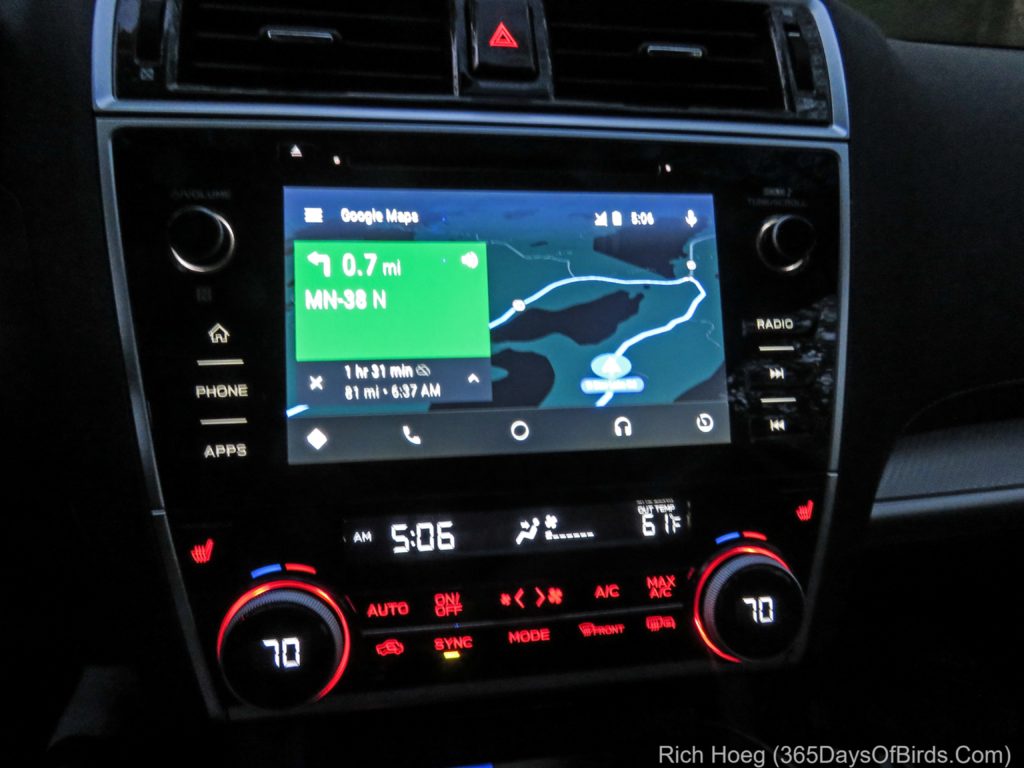
Two Google Maps screenshots from my phone … remote and urban … shows my downloaded regions … two of my three children live in the Twin Cities. Regions update automatically.